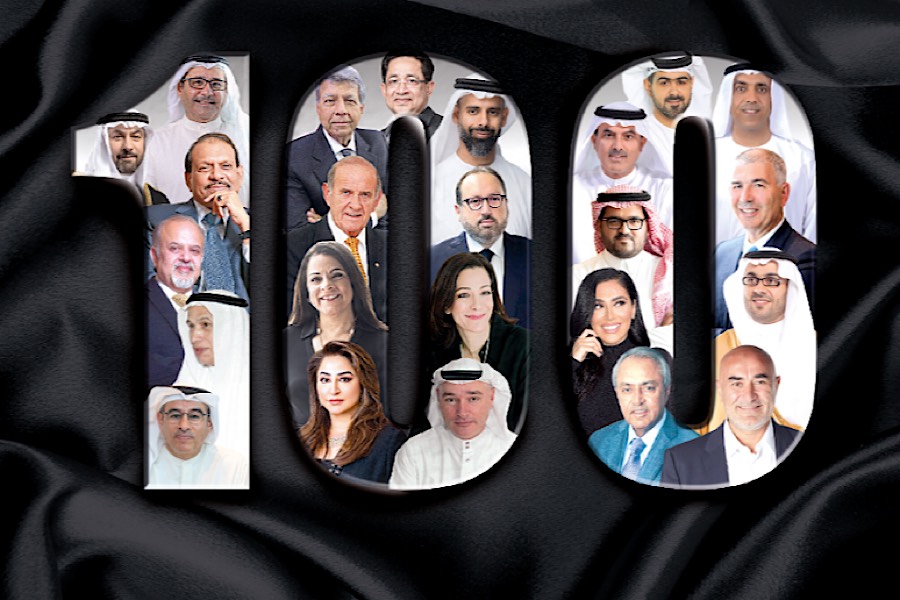
The Silk Road, the most enduring trade route in human history facilitating mammoth trade journeys from Asia to the Middle East and Europe a few thousand years ago, could be considered the debut of retail for the region. However, geographies and demographics of the Middle East have changed drastically since the Silk Road era.
Skipping a few centuries forward to a relatively recent past, the retail scene was dominated by merchants sitting by port harbours selling spices, jewellery, and food, laid out on clean pieces of cloth or mats, to many more who gathered to do their weekly purchases from the vendors they managed to build a personal relationship with over time.
The famous souks or bazaars are a central marketplace where trade took place and was a prominent part of the Middle Eastern economy. In fact, many retailers today even remember watching their parents and grandparents participate in the souk either as shoppers, passersby or sellers.
Retail has undoubtedly come a long way since then, evolving at every step of the way on par with the region’s economic progression. The next phase of retail after souks were the enclosed ‘mom and pop’ stores, a small family-owned independent business, which isn’t uncommon in today’s retail scene. And then came the big breakthrough in 1981, when the Middle East’s first shopping mall, the Al Ghurair Centre was opened in Dubai. Since then, there has been no looking back. The region has been gaining prominence on the retail world map and is increasingly being targeted by global retailers for their international development.
However, it is the harmonious mix of souks, cornershops, and megamalls that makes the landscape so diverse, dynamic and vibrant today. Be it the culturally rich and still-very-busy Muttrah souk in Oman, or the traditional fruit and vegetable markets in Egypt, or the megamalls such as The Dubai Mall (the world’s largest mall) in the UAE, retail takes various shapes and forms in this fragmented region.
The seismic changes provoked by global trends, the fourth industrial revolution, economic fluctuations, and most rampantly the surge in all things internet has impacted both, the way customers shop and also how retailers sell. The Middle East has one of the fastest growing and youngest population sets today, which means they’re early adapters and adopters of technology as a result of which they’re savvy shoppers. More so now, when they are informed, educated and aware of their choices and options in a digitally connected world.
Amidst the various challenges that the sector has been faced with have risen the retail megastars, or ICONS, as we’d like to call them. The pioneers, visionaries, trailblazers and disruptors who established, built, scaled and reinvented and innovated shopping experiences and retail encounters paving the path for generations of retail leaders to come by creating a healthy and thriving ecosystem in the region.
In order to recognize the efforts, acknowledge their success, and celebrate their achievements Images RetailME put together the RetailME ICONS, a list to honour the 100 most powerful retail leaders in the MENA region.
We have recognized the top 100 retail leaders and classified them as pioneers, the establishers who laid the foundation for legacy conglomerates; visionaries, strategic figureheads leading daily operations; disruptors, digital natives who challenged the status quo and created alternate consumption channels; and trailblazers, leaders that have transformed and scaled brands to new heights. However, certain retailers stood out by virtue of being rated highly in all four categories. We have handpicked these six icons and classified them as ‘The Legends’.
Methodology
This list was put together on the basis of nominations received, jury scoring, and editorial selection. The retailers that have made it to the list have demonstrated great leadership, provided examples of innovation, expanded their operations over the years, proven their legacy, and have received great testimonies from peers and colleagues in the industry. We have also considered factors including total number of stores or total retail area, number of employees they manage, leadership during crisis, and recent transformations.
The editorial team at RetailME have personally tried to get in touch with all 100 of them (and/or their teams) to get their bios and some very specific questions answered. On the rare occasions when we haven’t been able to make contact with the retailer or his/her team, we have collated information and data from publicly available official sources. Some retail leaders have categorically requested to be withdrawn from the list, in which case we have obliged.
Our aim is to let the world know who the top retail leaders in the region are. However, if you feel that a deserving candidate wasn’t featured in the list then please write to shruthi@imagesretailme.com
Notifications